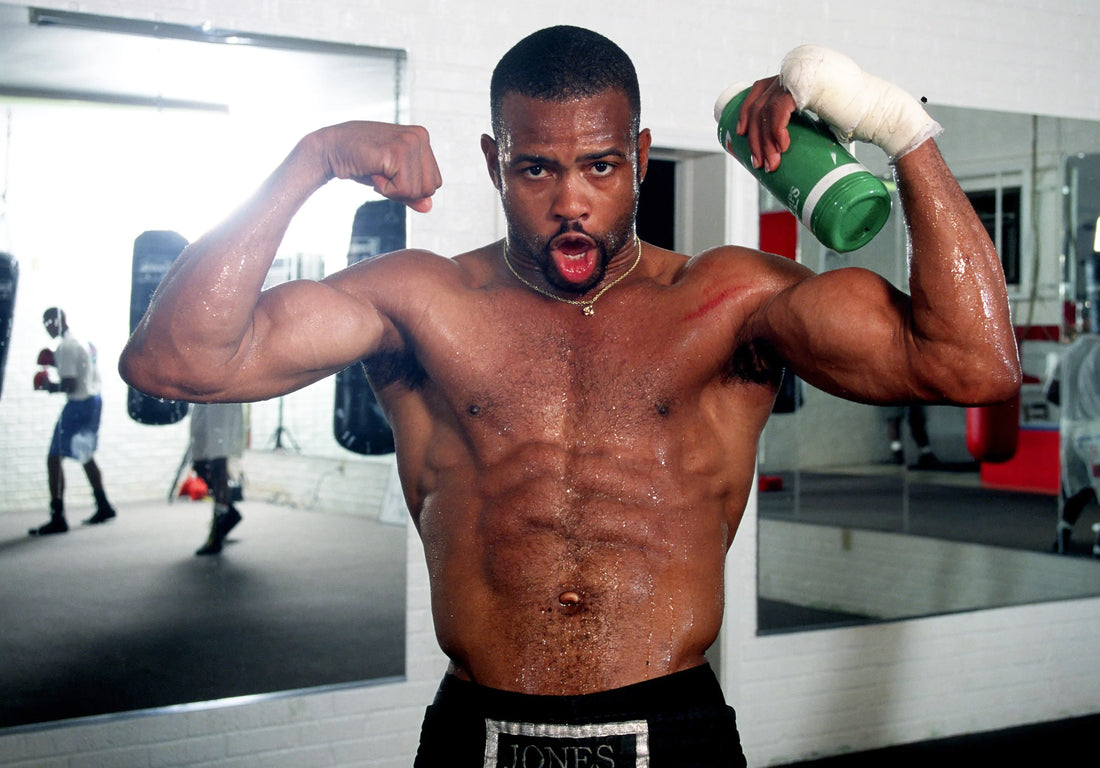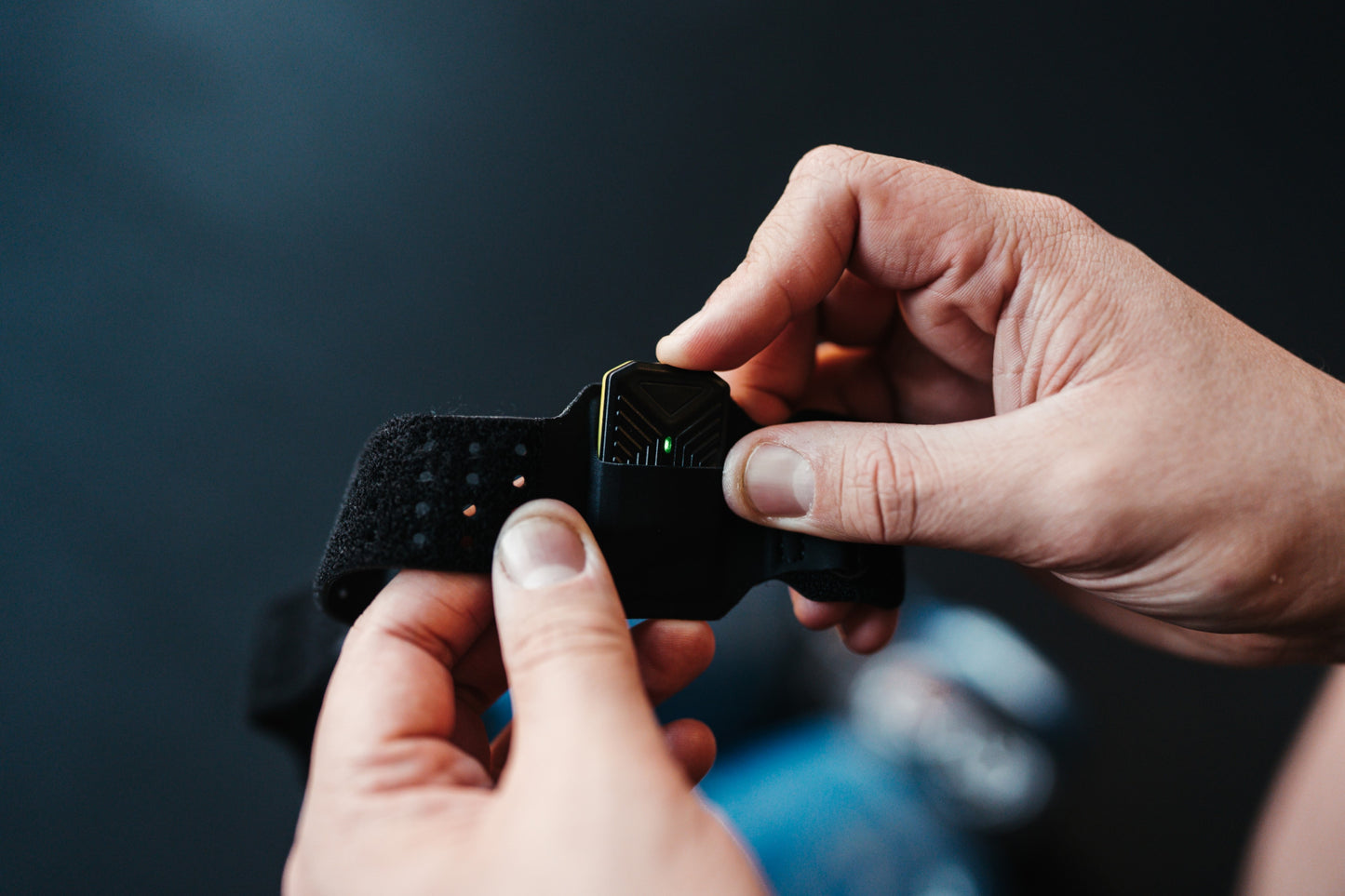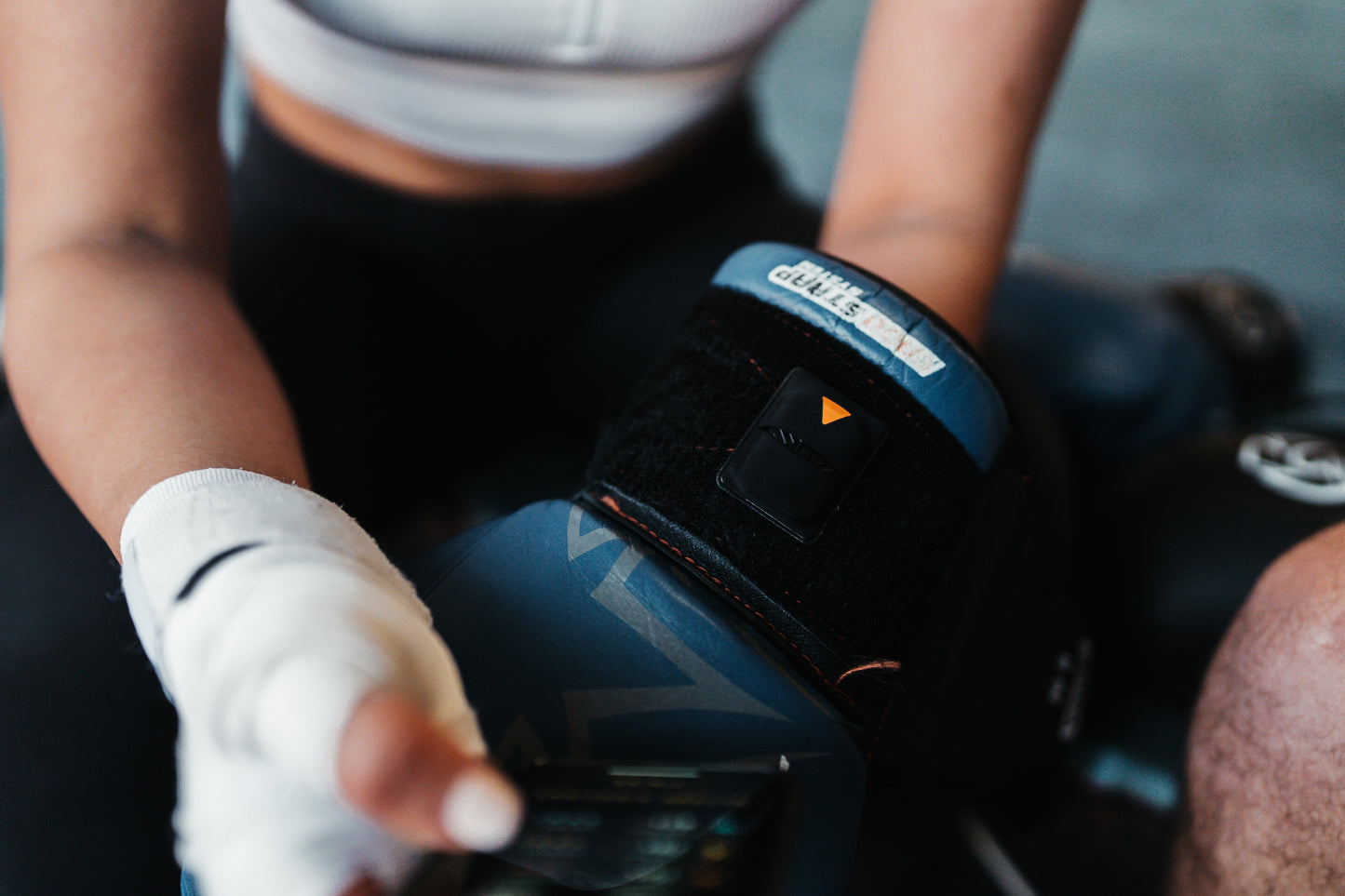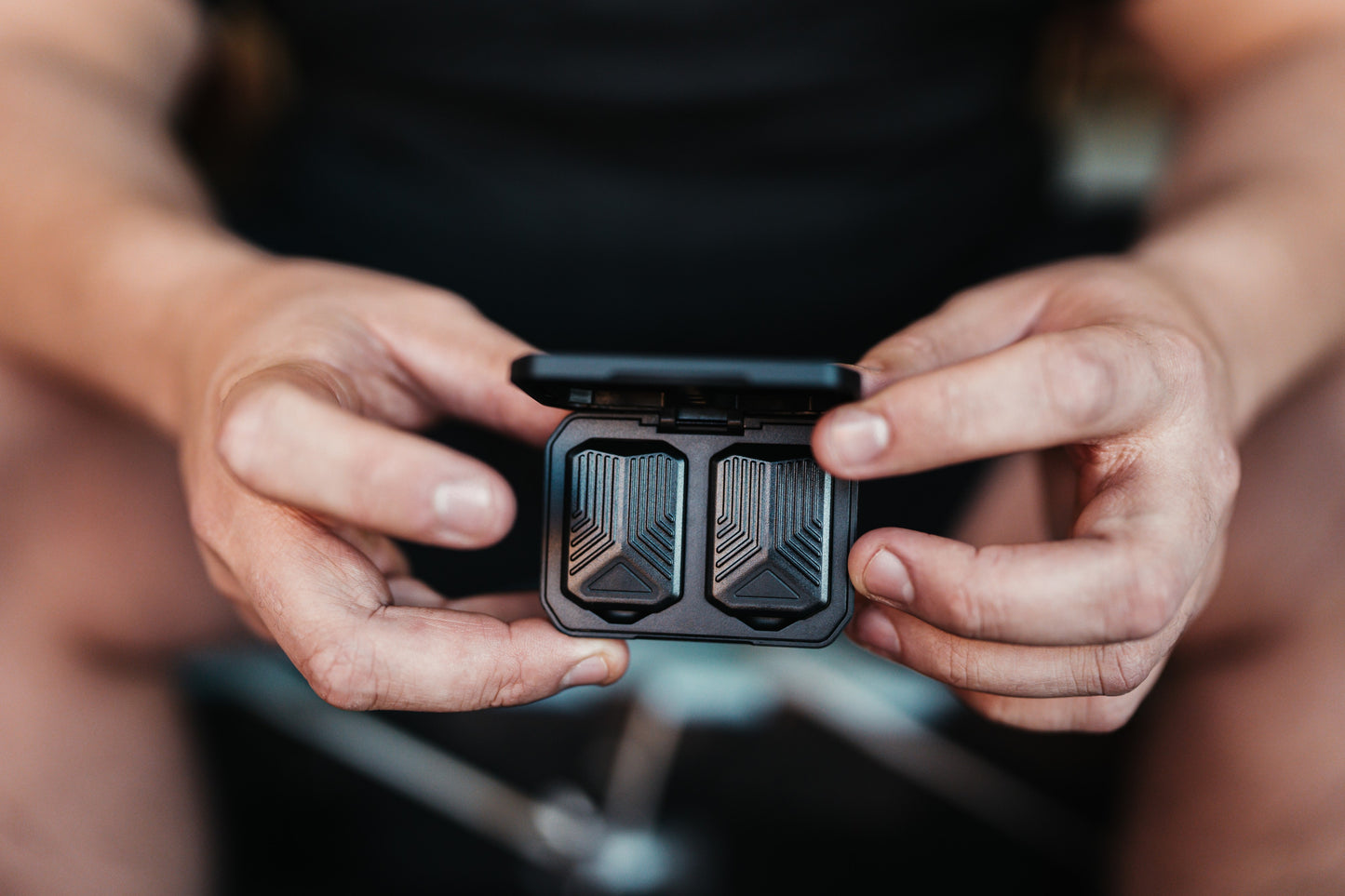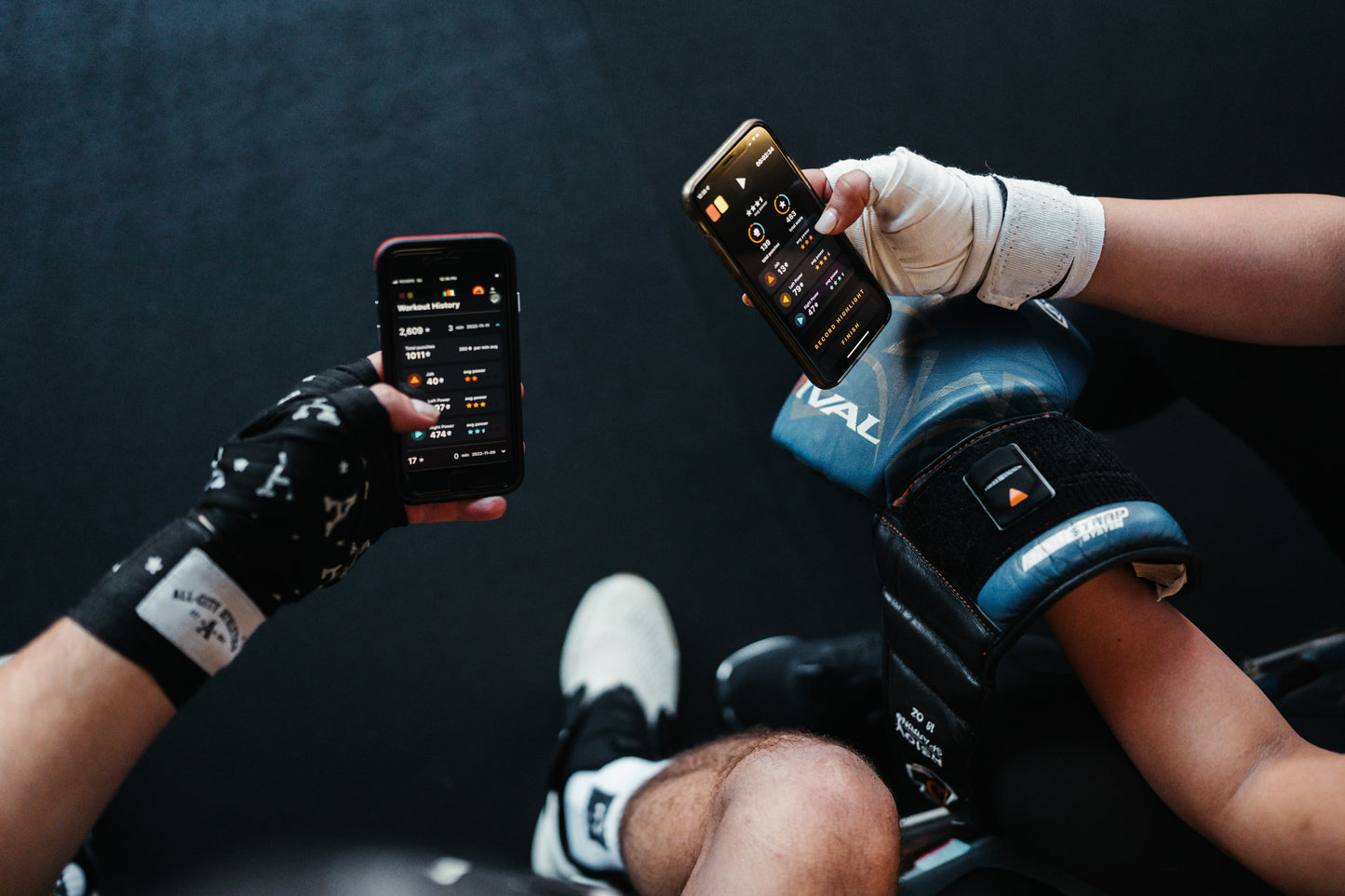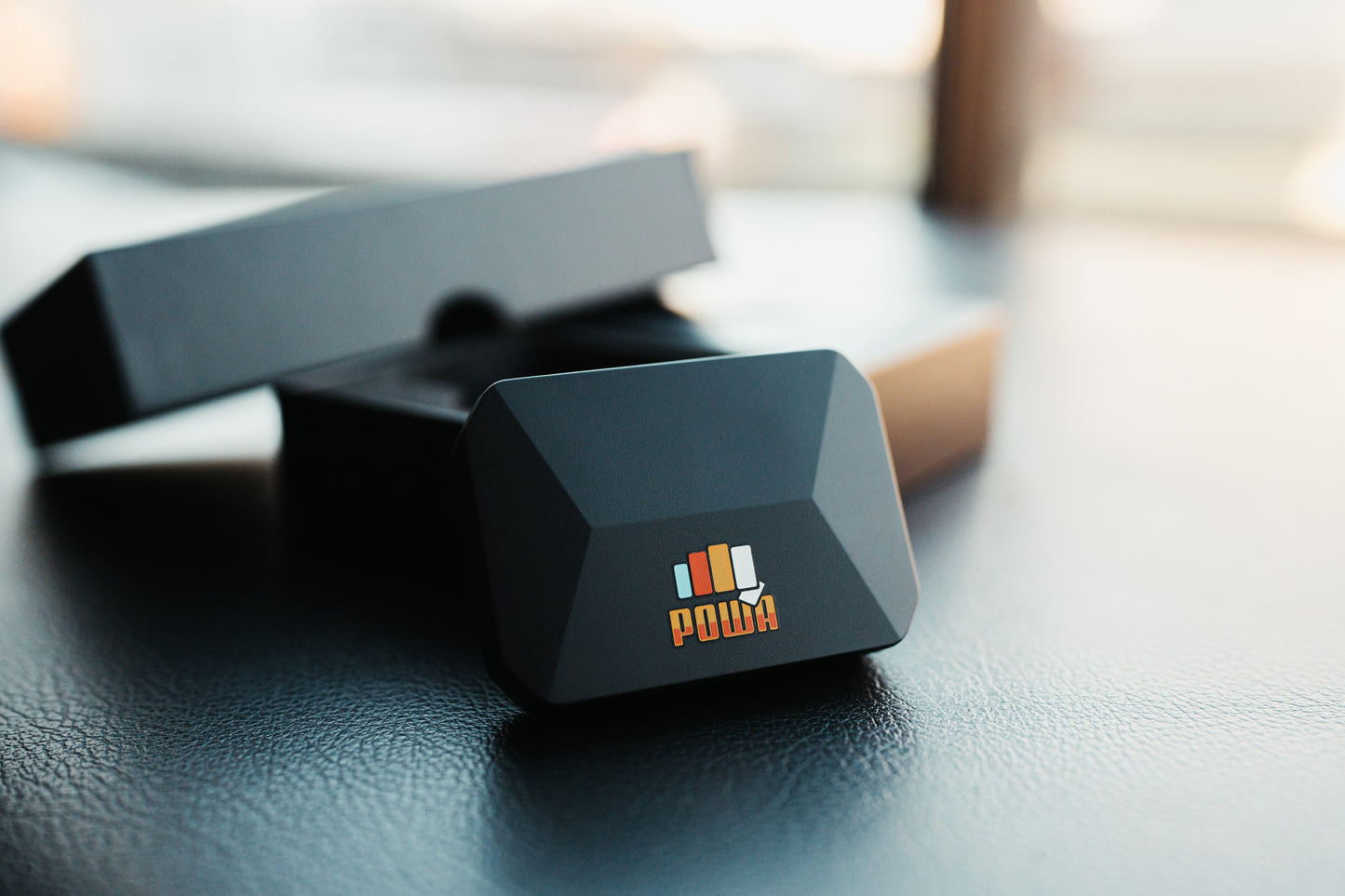Roy Jones Jr., celebrated as one of the most gifted boxers of his generation, is renowned for his extraordinary athleticism, lightning-fast speed, and unparalleled agility in the ring. This blog delves into the training secrets of Roy Jones Jr., uncovering the techniques and routines that propelled him to the pinnacle of boxing success.
Watching Roy Jones Jr. in the boxing ring during his prime was like watching a well-crafted dance battle. In each of his bouts, Jones came out with a fight plan that would invite opponents into his world time and time again — a world where he won so much that he made history.
Core Aspects of Roy Jones Jr.'s Training Regimen
Jones Jr.’s training regimen is a comprehensive blend of speed training, agility drills, strength conditioning, and mental preparation:
-
Speed and Agility Workouts:
- Fast-Paced Shadow Boxing: An integral part of his routine, focusing on rapid-fire combinations to enhance hand speed, coordination, and reflexes. Jones Jr. often practiced varying speeds and rhythms, simulating fight conditions.
-
Agility Ladder Drills: To improve his legendary footwork, Jones Jr. incorporated agility ladder exercises. These drills are designed to increase foot speed, coordination, and overall agility, essential for his evasive maneuvers in the ring.
-
Strength and Power Development:
- Circuit Training: Jones Jr.'s circuit training involved a series of high-intensity exercises with minimal rest. This approach was crucial for building muscular endurance and maintaining his lean muscle mass.
-
Weight Training: His weight training regimen focused on functional strength. This included exercises like squats, deadlifts, and bench presses, aimed at enhancing explosive power without adding unnecessary bulk.

-
- Sparring Sessions: Sparring was tailored to mimic real fight scenarios, helping Jones Jr. to refine his strategies and adapt to different fighting styles. These sessions were critical for applying and testing new techniques.
- Defensive Drills: A key focus was on defensive skills, including head movement and footwork drills. These exercises improved his ability to evade punches and counterattack effectively.
Integrate POWA Punch Sensors into your training routine to analyze your performance on the heavy bags, sparring, and shadow boxing to refine your technique.
-
Mental Conditioning:
- Visualization Techniques: Jones Jr. practiced visualization to enhance his focus and mental preparedness. This involved mentally rehearsing fights, visualizing success, and strategizing against various opponents.
-
Reaction Time Training: Exercises to sharpen his reaction time were fundamental. This included drills that required quick decision-making and reflex responses, essential for his in-ring performance.
Nutrition and Recovery:
- Diet and Hydration: Jones Jr. followed a nutrition plan rich in lean proteins, complex carbohydrates, and healthy fats. Hydration was also emphasized, ensuring optimal performance and recovery. One such meal is “The Roy Jones Jr Special”…this consist of a big bowl with: grits, 3 scramble eggs, 4 pieces of cut up sausage links, 4 pieces of crispy bacon cut into small pieces, all then mixed together in one big bowl and served to him.
- Recovery Strategies: Adequate rest, including quality sleep and relaxation techniques, and regular massages were integral to his regimen, aiding in muscle recovery and injury prevention.
Conclusion
Roy Jones Jr.'s training regimen, marked by its focus on speed, power, and mental agility, offers a comprehensive approach to athletic training. By incorporating elements of his routine, athletes and fitness enthusiasts can enhance their performance, drawing inspiration from one of the sport's most dynamic figures.

This workout captures key aspects of Roy Jones Jr.'s training, emphasizing speed, agility, strength, and mental preparedness. Let us know how you did on Instagram @powaboxing


